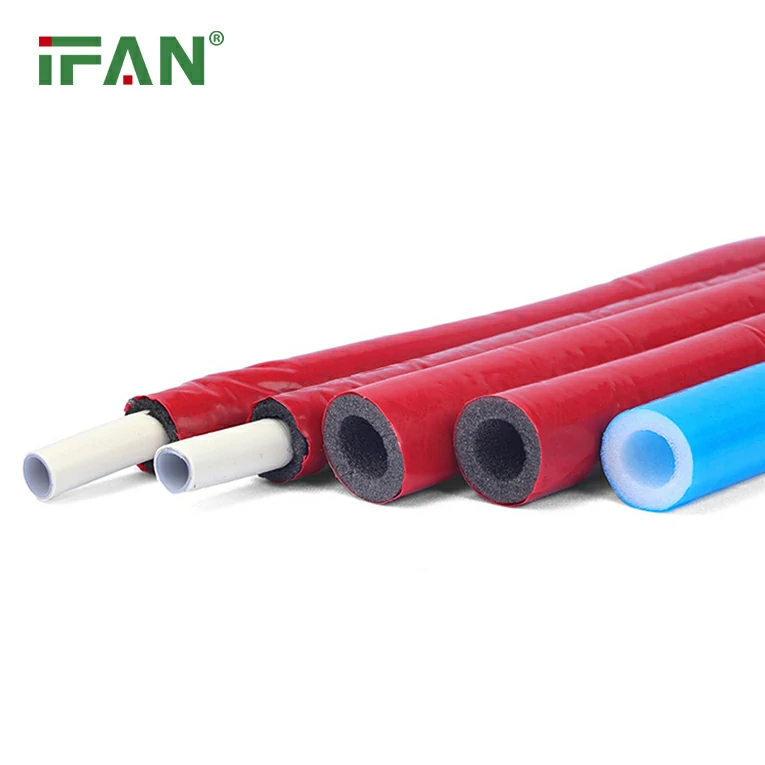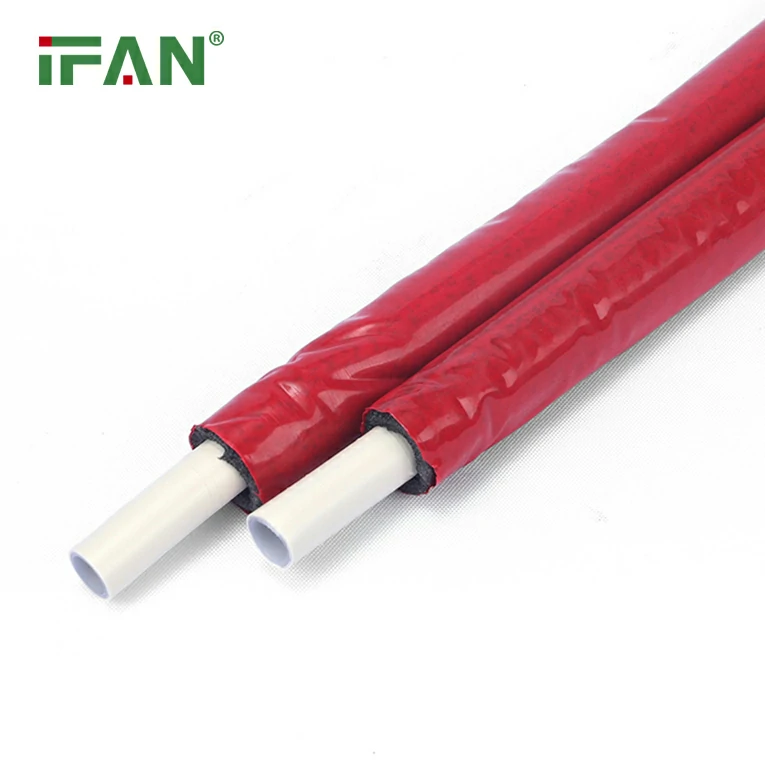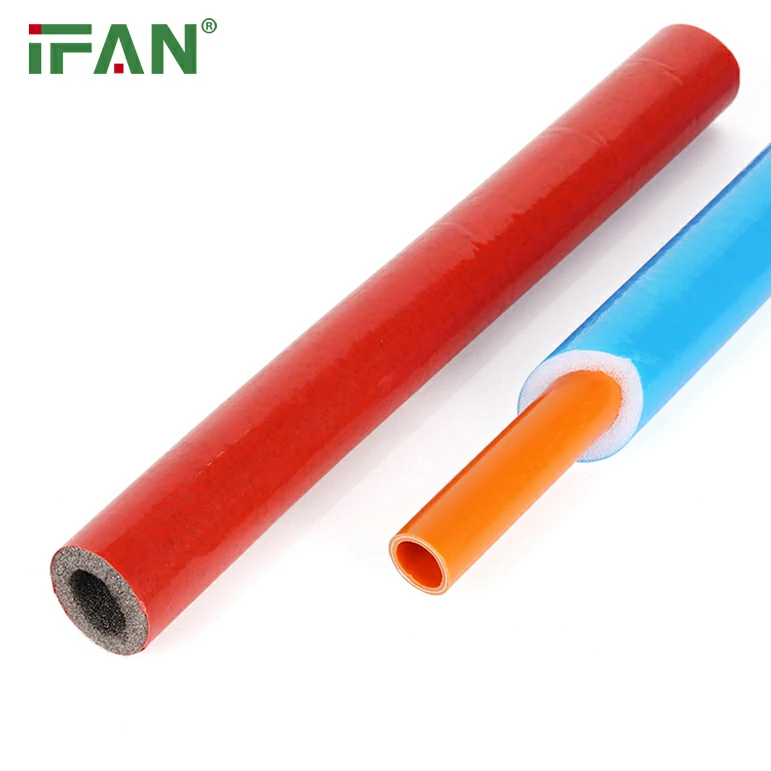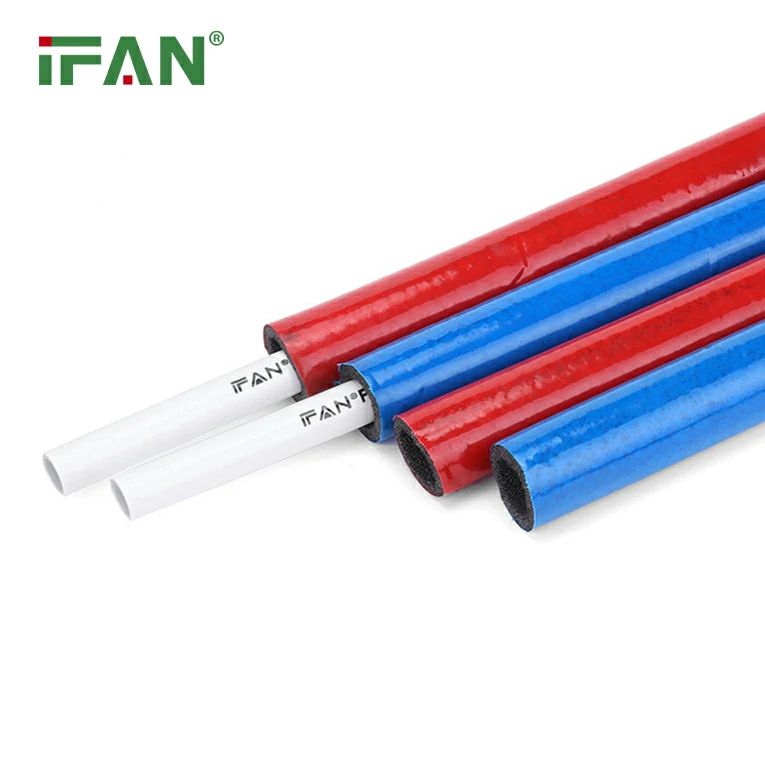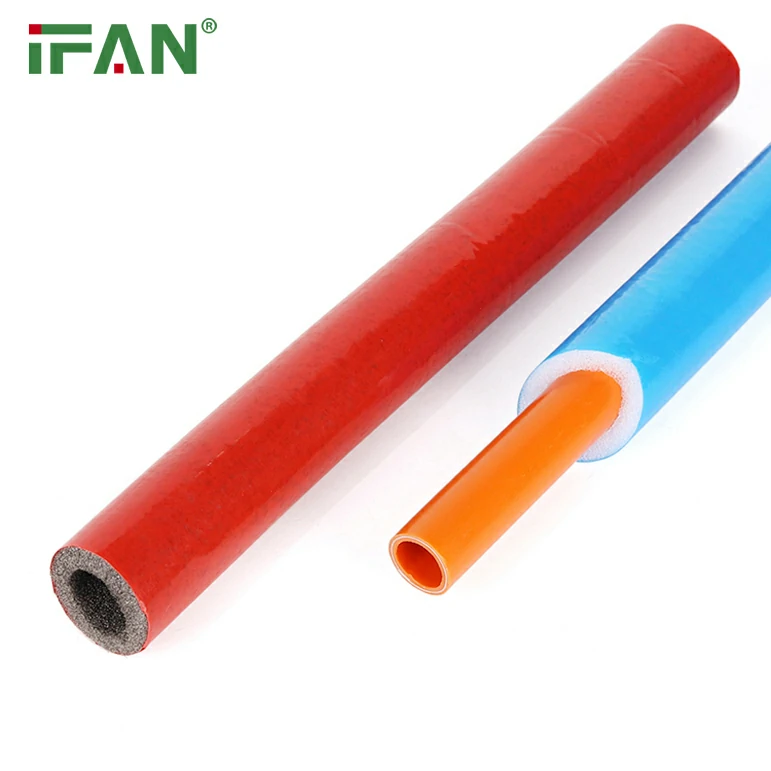As environmental concerns continue to influence consumer choices, many homeowners are looking for ways to make their homes more eco-friendly. One area where sustainability is becoming increasingly important is plumbing. Polyethylene (PEX) pipes have been widely adopted for their ease of installation and affordability, but concerns about their environmental impact have surfaced. Fortunately, innovations in PEX pipe production and usage are helping to address these concerns, offering more sustainable options for eco-conscious homeowners. In this article, we will explore how sustainable PEX pipes are emerging, their environmental benefits, and what eco-conscious homeowners should know before choosing PEX for their plumbing systems.
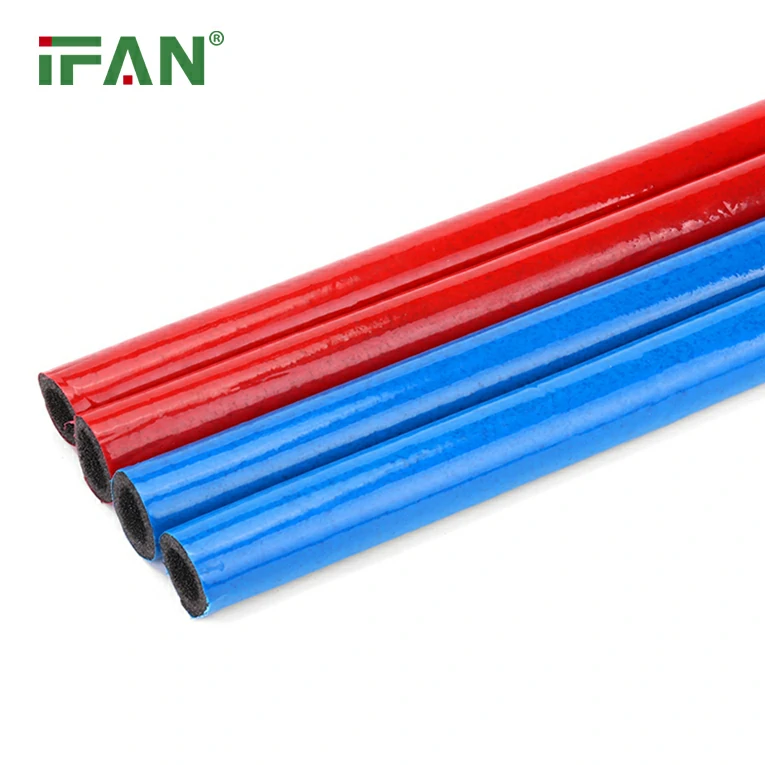
The Rise of PEX Pipes
PEX, or cross-linked polyethylene, has been a game-changer in the plumbing industry due to its flexibility, resistance to freezing, and relatively low installation costs. These pipes are more durable and easier to install compared to traditional materials like copper and PVC. PEX pipes have become a popular choice for plumbing systems, including water supply lines, radiant floor heating systems, and even fire sprinkler installations.
However, like all materials, PEX is not without its environmental impact. The majority of PEX pipes are made from petroleum-based polyethylene, which is a non-renewable resource. Additionally, PEX is not biodegradable, meaning it can contribute to long-term landfill waste when it reaches the end of its life cycle.
Despite these concerns, the rise of more sustainable production practices and alternatives in the manufacturing of PEX pipes has led to the development of environmentally-friendly options. By considering these alternatives, homeowners can still enjoy the benefits of PEX while minimizing their environmental footprint.
How Sustainable PEX Pipes Are Made
The production of PEX pipes is evolving to incorporate more sustainable practices. Eco-conscious homeowners can look for PEX pipes that use recycled or renewable materials, reducing the carbon footprint associated with their production.
1. Recycled Materials
Some manufacturers have begun using recycled polyethylene in the production of PEX pipes. This helps to reduce the demand for new plastic production and limits the amount of waste sent to landfills. By recycling plastic from previous products, such as old pipes or consumer goods, manufacturers can reduce the overall environmental impact of PEX pipes.
2. Bio-Based PEX
Another emerging trend in the industry is the use of bio-based PEX. These pipes are made with a significant proportion of renewable materials, such as plant-based polyethylene derived from bioethanol. Bio-based PEX offers a more sustainable alternative to petroleum-based polyethylene, as it helps to reduce the reliance on fossil fuels. This option is gaining popularity among environmentally-conscious homeowners looking for a greener solution without sacrificing performance.
3. Eco-Friendly Manufacturing Processes
In addition to using recycled and bio-based materials, some PEX manufacturers are adopting greener manufacturing processes. For instance, energy-efficient production methods and the use of non-toxic additives can reduce the environmental impact of PEX pipes. Companies are increasingly focusing on reducing their carbon emissions, water usage, and waste generated during production.
Environmental Benefits of Sustainable PEX Pipes
Sustainable PEX pipes offer several environmental advantages over traditional plumbing materials. These benefits make them an attractive option for homeowners who want to reduce their ecological footprint without compromising on quality or performance.
1. Reduced Carbon Footprint
Using recycled and bio-based materials in the production of PEX pipes can significantly lower their carbon footprint. By reducing the need for new plastic production and utilizing renewable resources, these sustainable pipes help mitigate the environmental impact of extraction and manufacturing processes.
2. Longer Lifespan and Durability
Sustainable PEX pipes have a longer lifespan than traditional materials like copper and PVC. Their resistance to corrosion and scaling means they require less maintenance and are less likely to need replacement, which further reduces waste. PEX’s flexibility also allows for fewer joints, which minimizes the risk of leaks and increases the overall efficiency of the plumbing system.
3. Reduced Water and Energy Consumption
PEX pipes are known for their insulation properties, which help reduce energy loss in heating systems, such as radiant floor heating. This results in less energy consumption for heating, reducing greenhouse gas emissions and lowering overall energy costs. Additionally, PEX’s resistance to freezing means less energy is required to prevent pipe bursts in colder climates, contributing to energy savings.
4. Minimal Waste During Installation
PEX pipes are easy to install, requiring fewer fittings and connectors compared to copper or PVC pipes. This streamlined installation process generates less waste, contributing to overall material savings. Moreover, PEX’s flexibility reduces the need for cutting and trimming pipes during installation, further minimizing waste.
Considerations for Eco-Conscious Homeowners
While sustainable PEX pipes are a great choice for environmentally-conscious homeowners, there are several important considerations to keep in mind when choosing PEX for a plumbing system.
1. Certification and Standards
When shopping for sustainable PEX pipes, it is important to look for certifications that ensure the product meets safety and environmental standards. For example, the NSF/ANSI Standard 61 certification ensures that PEX pipes are safe for potable water use, while other certifications may indicate that the product meets specific environmental guidelines.
2. Installation and Maintenance
PEX pipes are relatively easy to install, but they require proper installation to ensure their longevity and performance. Homeowners should work with licensed professionals who are familiar with PEX installation to ensure that the pipes are installed correctly and comply with local plumbing codes.
Regular maintenance is also essential to keep PEX pipes functioning optimally. This includes inspecting the pipes for signs of wear, especially if they are exposed to UV light or extreme temperatures. Periodic checks will help identify potential issues before they become more serious.
3. Disposal and Recycling
While sustainable PEX pipes are a better option than traditional petroleum-based PEX, they still pose disposal challenges. PEX is not biodegradable, so it is important to research proper disposal methods to ensure that it is recycled or disposed of in an environmentally responsible manner. Homeowners can contact local recycling centers or plumbing professionals to learn more about how to recycle PEX pipes when they need to be replaced.
4. The Cost Factor
Sustainable PEX pipes, particularly those made from recycled or bio-based materials, may come at a higher initial cost compared to standard PEX pipes. However, the long-term benefits of durability, reduced energy consumption, and fewer maintenance needs can offset the initial investment. Eco-conscious homeowners should consider the lifetime value of the product, rather than focusing solely on upfront costs.
Conclusion
Sustainable PEX pipes offer an excellent option for eco-conscious homeowners looking to replace traditional plumbing materials with something that is both efficient and environmentally friendly. By choosing PEX pipes made from recycled or bio-based materials, homeowners can reduce their carbon footprint and contribute to a more sustainable future. As innovations in PEX production continue, we can expect even more eco-friendly options to become available, making it easier for homeowners to make choices that benefit both their homes and the planet.
Frequently Asked Questions (FAQ)
1. Are sustainable PEX pipes more expensive than traditional PEX pipes?
Sustainable PEX pipes may have a higher initial cost due to the use of recycled or bio-based materials. However, they offer long-term benefits such as increased durability, reduced energy consumption, and less frequent maintenance, which can offset the initial investment.
2. How long do PEX pipes last?
PEX pipes typically have a lifespan of 25 to 40 years, depending on factors such as installation quality, maintenance, and exposure to environmental conditions.
3. Can PEX pipes be recycled?
While PEX pipes are not biodegradable, they can be recycled in some areas. It is important to contact local recycling centers to find out if PEX is accepted for recycling in your region.
4. What are the environmental benefits of PEX pipes?
Sustainable PEX pipes offer reduced carbon emissions, minimal waste during installation, and long-lasting durability. Their resistance to freezing and insulation properties can also result in energy and water savings.
5. Is it safe to use PEX pipes for drinking water?
Yes, PEX pipes are safe for drinking water, provided they are certified to meet the NSF/ANSI Standard 61, which ensures they do not leach harmful chemicals into the water.

